Of or relating to or living in still waters (as lakes or ponds).Still water.
You will also like...
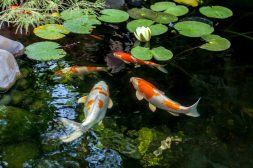
Freshwater Communities & Lentic Waters
Lentic or still water communities can vary greatly in appearance -- from a small temporary puddle to a large lake. The size and depth of a still body of water are major factors in determining the characteristics of that ecosystem. Learn in this elaborate tutorial how life thrives in and influenced by a still-water habitat...
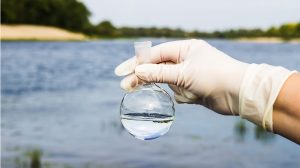
Freshwater Ecology
Freshwater ecology focuses on the relations of aquatic organisms to their freshwater habitats. There are two forms of communities that thrive in freshwater: the lentic and the lotic communities. In these communities, plants and animals evolved special characteristics that make them better adapted to their habitat. Get to know more about these features and the..
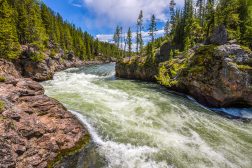
Running Water Freshwater Communities
This tutorial introduces flowing water communities, which bring new and dithering factors into the equation for possible species occupying the area. Read to know more...
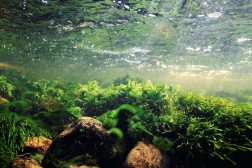
Lotic Communities & Algae
Lotic communities have conditions that are rather harsh for typical plants. Thus, the diversity of plant species in lotic habitats is smaller than in lentic habitats. Find out why in this tutorial...
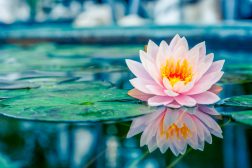
Freshwater Lentic Communities & Animals
This tutorial looks at some of the communities in freshwater lentic habitats. For instance, symbiosis occurs in a community of hydrophytes providing a substrate for algae. In return, the algae prevent excessive herbivory of hydrophytes by serving as food to the herbivores. Know more details here...
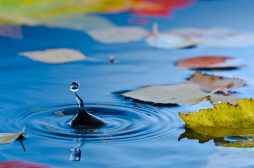
Abiotic Factors – Water Conditions
A still body of water may be disturbed by a variety of factors. One of them is wind. In fact, it is considered as the prime factor responsible for water disturbance. Such disturbance can affect the distribution of organisms in the habitat. This tutorial looks at how these abiotic factors affect the way in which organisms operate in the freshwater ecosystem...
